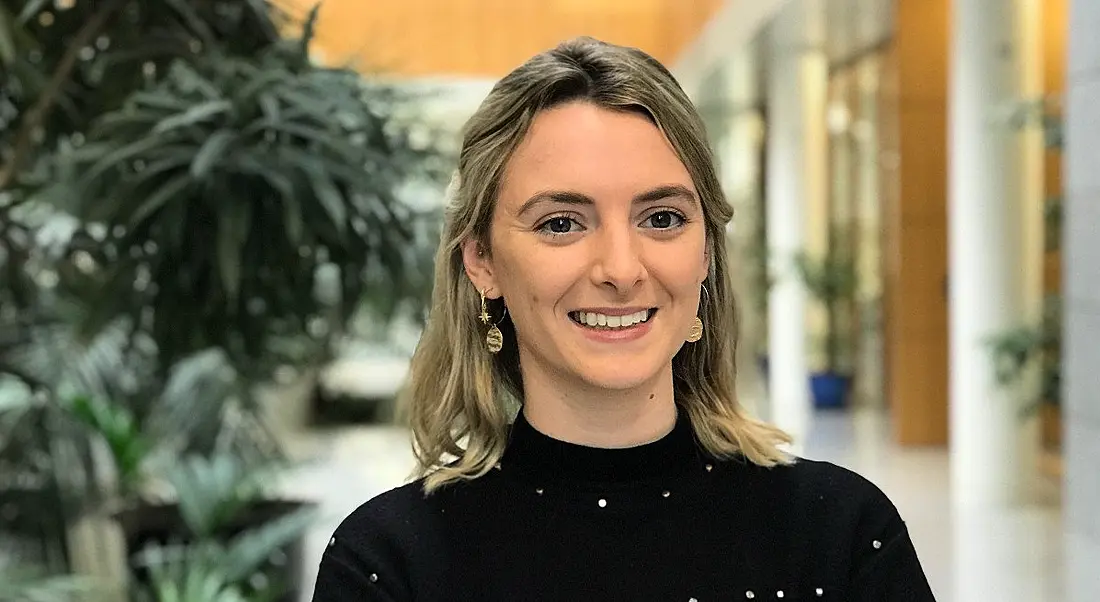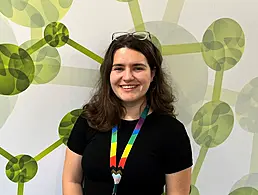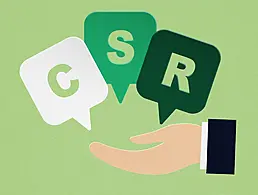Having joined Citi through its graduate programme, Caoimhe Kennedy reflects on her journey to date with the company.
Caoimhe Kennedy is a software engineer at Citi. She joined the company through its graduate programme, something that she “expected to be underqualified for” despite having studied computer science and business at college.
But Kennedy says she was thrown in at the deep end and was surprised at how much responsibility she was given, with opportunities to work with different teams and tools. Here, she discusses what she has enjoyed most about working at Citi so far, and why she would recommend the programme to others.
‘As a graduate, it is easier to ask questions. And everyone expects you to make mistakes in order to learn’
– CAOIMHE KENNEDY
With this programme, are you now working in your desired industry?
Yes, I wanted to work in the technology industry and the financial sector.
What drew you to Citi when you were seeking work as a graduate?
The combination of industries within a company was appealing to me. Citi offered the opportunity to have a technical role in the financial industry.
I was also drawn by the global reach and the fact that it is one of the top banks in the world. I could see that there would be many opportunities available within a large multinational company.
What expectations did you have before you began the programme?
I expected it to be a more corporate environment and less of a work-life balance. I also expected to be underqualified for the role and so I was surprised at the amount of responsibility and ownership I was given when I initially joined.
Although Citi is a global company, I was surprised at how international the teams were in Citi and how big the technology departments were.
What duties and responsibilities were you given initially?
Citi’s technology programme involves six weeks of training, as a refresher for your technical skills and a basis on the financial sector. Every graduate is placed in a team based on their skillset. In Citi, these teams are centred on the application or service they provide.
My first manager threw me in the deep end when I started and gave me a proof-of-concept project on day one. It was my job to set up a distribution systems platform and deploy sample applications to it. I was also given the opportunity to present these findings to my wider team.
How did the scope of your work change as the programme progressed?
Ownership of my work and opportunity to take on more responsibility. Each graduate began a process improvement project after six months on our first team.
This was a project owned by the individual and brought benefit to the team. It was a chance to showcase our skills and we then presented our projects at the end of our first year on the graduate programme.
Can you describe a typical day in your role?
I work from a Kanban board, so each task is approximately one days’ worth of work. I work on a ‘sub-task’, which is part of a wider project I own. I have a set timeline for the project’s delivery; it is my duty to split up the project into subtasks accordingly. If the timeline of the project needs to be extended or reduced, it is my responsibility to communicate this with my team.
In the mornings, I work on a sub-task, which usually involves coding, configuring a system or researching how to do a task which is new to me. The team offers advice and help with my tasks and vice-versa.
We have a daily Kanban call via video with our colleagues in the US, where we discuss what we have done since yesterday, what we are planning to do today and any issues we have had.
We have bi-weekly calls with the wider team on strategic planning. There are also calls with clients when we are highlighting new developments in user offerings.
How do your responsibilities compare to more experienced employees’?
Similar responsibilities – we work in Kanban style so each member of the team takes tasks from the backlog and works on them. Development teams in Citi have a flat structure and each team member has a different skillset.
More experienced employees may take the lead on larger projects and have more responsibility with onboarding users.
Do you feel more prepared for working life after completing this programme?
Yes. This programme has allowed me to integrate into two different teams, spending a year in each.
This allowed me to work across different platforms, different programming languages and with different software and tools. Because of the rotational nature of this grad programme, I got to work under two different managers so saw different management styles and team communications.
This is great exposure to get when coming straight from college, as I had no experience with professional management or team structures before.
Why should someone apply to the graduate programme at Citi?
It’s an excellent opportunity to experience two different teams and, as a graduate, it is easier to ask questions. And everyone expects you to make mistakes in order to learn.
In my experience, I was given responsibility from the beginning as well as opportunities to improve my programming and leadership skills. And I got the opportunity to work on two very different user offerings. This helps you learn what you like and dislike in a role and you meet a wider variety of talented people, all of whom are happy to help you learn.
There are excellent opportunities for growth in the company and a great work-life balance.
Want to work at Citi? Check out the Citi Careers page for current vacancies.




